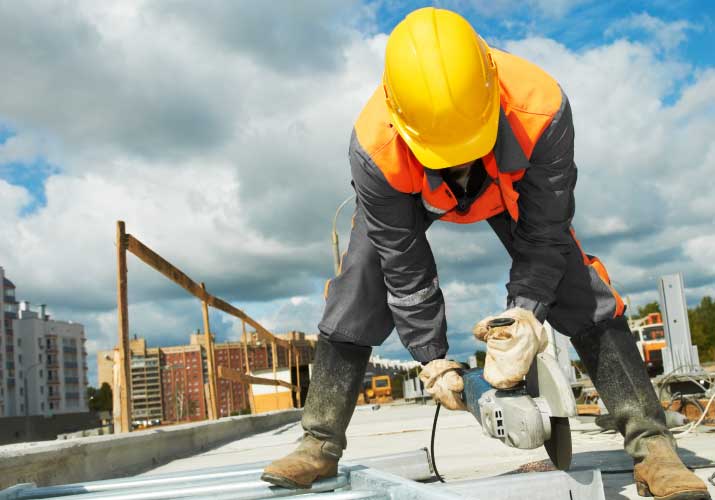Safety is imperative on any site, however, it can be difficult to navigate. With various people coming and going, potentially from different organisations, and with everyone having different opinions on what it means to work safely, it can be challenging to ensure that safety precautions are carried out correctly and to an appropriate standard.
Here are some of the things you can do to help improve the safety of your site:
Training
Safety on site all begins with sufficient training. No matter how experienced someone is, when working on a new site there will be new potential risks and so everyone working on the site should undertake training before beginning work. If you have conducted training sessions for previous sites, consider asking for employee feedback on how these went and what could be improved in order to deliver the best possible training.
During any training, it is important to communicate the potential threats of not adhering to safety procedures and raise awareness of the potential risks that may occur on-site. Training should not only cover how to operate safely but what to do if an accident does occur.
Communicate
No matter how thorough your training, regular reminders of best practice are going to be required to ensure safety is prioritised throughout works rather than just at the beginning of a project.
There are various ways that you can communicate, and it is best to use a range of methods to suit different learning styles. Displaying informative posters that contain essential safety information is handy as these can be kept up at all times meaning that people can check in with them whenever they feel the need to do so. Posters also act as a constant reminder to keep safety as the number one priority.
Running regular toolbox talk sessions is another tried and tested method of instilling safety values into teams. These sessions focus on individual elements of safety and are typically delivered by the head of site safety. These can be very effective in educating teams and shining a light on aspects of safety that aren’t always considered.
Monitor
Putting safety measures into place is all well and good but this isn’t enough, these measures then need to be consistently monitored to ensure they are being fulfilled. This includes reporting on near misses, as well as any accidents.
Monitoring shouldn’t be exclusive to the people on site but should also be extended to the equipment and site condition. Without the right equipment, it can be difficult to work safely; from faulty tools and machinery to inadequate PPE, this should be checked regularly.
Monitoring and reviewing are the most effective ways to keep on top of site safety and provide good ground for making further improvements and changes to how training is delivered and further communicated.
